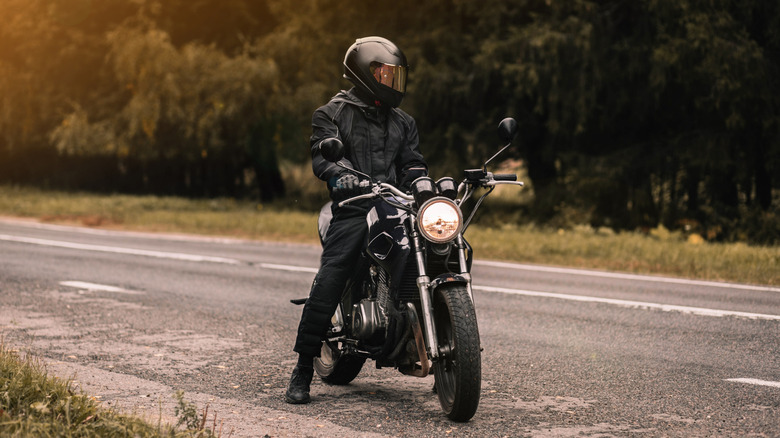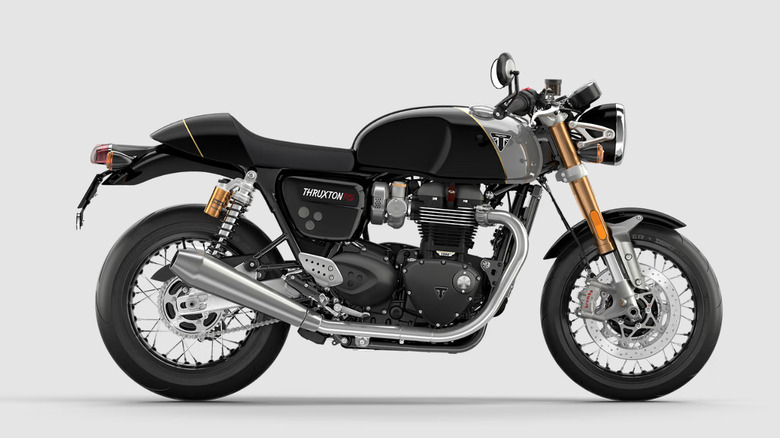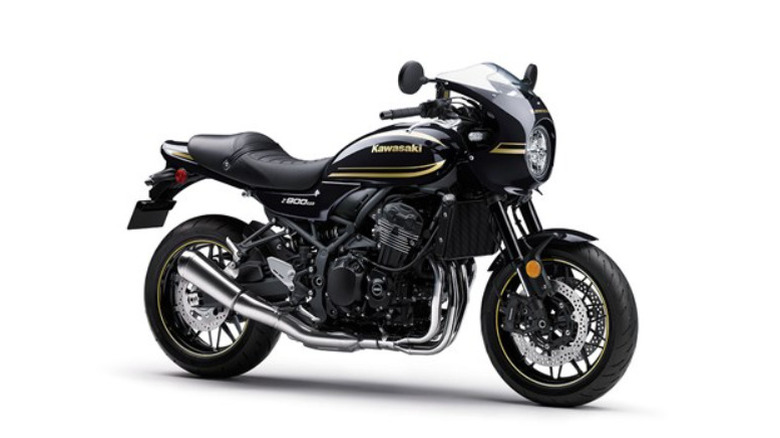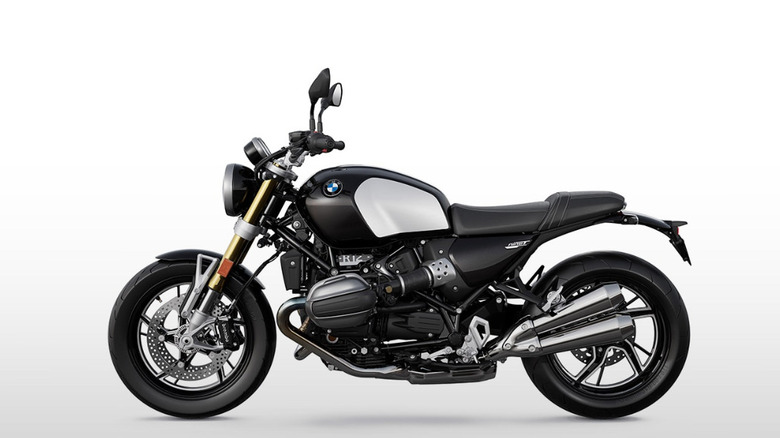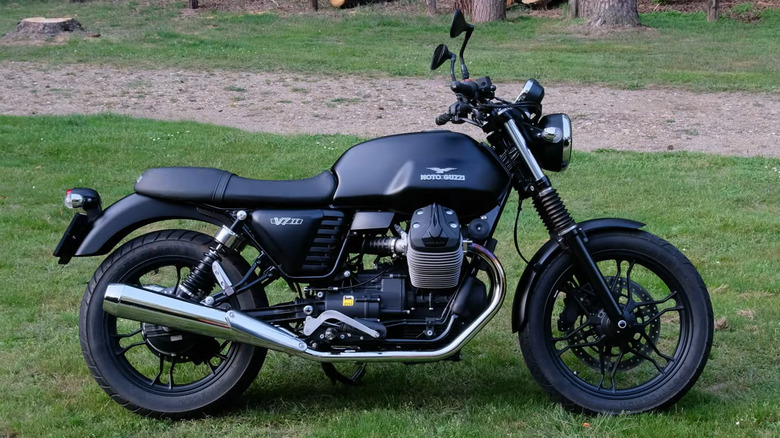4 Of The Fastest Cafe Racer Motorcycles Being Made Today
The café racer motorcycle is a fascinating relic of the past. Originating from the vibrant motorcycle culture of the United Kingdom in the 1950s and 1960s, café racers were the brainchild of young motorcyclists who craved individuality. The movement gained momentum with the emergence of the Ton-Up Boy subculture. These rebellious British youths, fresh from the post-World War II era, were on a quest for speed. Their ultimate goal was to hit 'the ton' – a speed of 100 miles per hour. Racing from one venue to another, often stopping at roadside cafés, these stylish and passionate home mechanics transformed a hobby into a culture, and the culture into a distinct category of motorcycling.
Unlike superbikes, café racers may not match up in terms of power, speed, or handling, but that's not the point. The allure of café racing lies in its unique style and expression. While top track times and zero-to-60 mph times may not be the primary goal, it's important to note that today's café racers are by no means sluggish.
While café racing may not be as widespread as it was half a century ago, it's far from a forgotten trend. Numerous motorcycle builders are still churning out café racers. In addition to the classic names like Norton and Triumph, a number of European and Japanese manufacturers have also embraced the café racer culture. We check out some of the latest offerings from brands like Triumph, Kawasaki, BMW, and Moto Guzzi to uncover four of the fastest café racer motorcycles being made today.
Triumph Thruxton RS — 140 mph
As one of the manufacturers associated with the burgeoning café racing culture, it's only fitting that Triumph Motorcycles kicks off our list. The original Triumph Thruxton helped kickstart the craze, and Triumph resurrected the nameplate in 2004. Today, the Thruxton RS retains the café-racing attitude alongside a slew of modern technologies and an engine that would make the original Ton-Up Boys drool with envy.
The 1,200 cc liquid-cooled single overhead cam parallel twin keeps the original café engine configuration alive while updating everything else, starting with power. The modern Thruxton RS makes 103 horsepower and 83 lb-ft of torque. This doesn't sound like a lot when compared to insane hyper- or super-bikes like the Kawasaki Ninja H2R or Yamaha YZF-R1, but that's probably a good thing.
With over 100 horsepower against a dry weight of 434 pounds, the Thruxton's engine internals include magnesium parts, ultra-thin engine covers, high-compression pistons, and a low-inertia crankshaft. A pair of 310 mm Brembo brakes in the front provide stopping power, but that's not the only nod to modernity. The Thruxton RS comes with an LCD multifunctional screen displaying traction control and riding mode information. Buttons on the handlebars allow the rider to navigate the menus on the move. Triumph claims a top speed of 140 mph for the Thruxton RS – not the 200+ mph some of the world's fastest bikes claim, but more than enough for any reasonable rider. Those seeking the charm of a café-style bike would do well to consider the Thruxton RS.
Kawasaki Z900 RS café — 140 mph
This marque might be best known for the Kawasaki Ninja series, but the brand also dabbles in modern café racers. With plenty of power for the commute and a mix of vintage Kawasaki flair and café racer design, the Z900 RS café is a modern take on a vintage scene.
While the street-fighting Z900 RS ABS is a retro-inspired commuter that hearkens back to some of the coolest Kawasakis ever made, fans of café racer style can opt for the Z900 RS café. The café is slightly heavier, with a 476-pound curb weight compared to 474 pounds. The café also clocks in with a 32.3-inch seat height compared to 32.9 inches in the vanilla 900RS. Both models have a healthy 110 horsepower and 72 lb-ft of torque via a 948 cc four-stroke double overhead cam four-cylinder.
For those who want to upgrade to the café racer style, the Z900 RS café comes with a slight upcharge of $250. This brings the total cost to $12,899, compared to the standard $12,649 for the Z900 RS ABS, not including an $840 destination charge. For this additional cost, buyers get a café racer-style front cowl, Kawasaki's teardrop fuel tank, a stepped passenger pillion, and Metallic Diablo Black paint. The Z900 RS café will perform about the same as its sibling, clocking a top speed of nearly 140 mph.
BMW R 12 nineT
BMW was there when the piston rings were forged. Though British bikes get most of the credit, BMW was hanging tight on the European motorcycle scene, and German youths were every bit as rebellious as any others. Some of the best BMW café racers of all time include the R69S, R100RS, and R90s. BMW may have pressed onward with ultra-modern motorcycles, but it still pays tribute to its café days in bikes like the R 12 NineT.
BMW dropped the R NineT in 2014 as its contribution to the retro-mod trend of classic-looking bikes with modern internals. It must have caught enough attention, because the Bavarian producer upgraded and updated the model to become the R 12 NineT for the 2024 model year. Distinctly retro, the café-inspired muscle bike uses a 1,170 air-cooled twin-cylinder four-stroke boxer engine – a distinct difference from the parallel and in-line twin configurations we've seen so far. The boxer provides the low center of gravity that BMW riders love, but with a lot more power than the '70s bikes.
The R 12 nineT, with its distinctly retro design, shares recognizable styling characteristics found in café racers. However, BMW has envisioned the R12 nineT platform as a customizable canvas for buyers. This means that fans of café styling can add tweaks that bring the bike even closer to the aesthetic they desire. The engine features a maximum horsepower rating of 109 and an accompanying 85 lb-ft of torque, with BMW claiming a top speed of 134 mph for its modern muscle café cruiser.
Moto Guzzi V7
Moto Guzzi is a European builder with a reputation for stylistic excellence, and it also wants in on the café life. Its V7 started life many moons ago for the 1967 model year. Today, its legacy continues. With its last major redesign coming in 2020, the V7 keeps the cool and casual café look while receiving an upgrade in power.
Moto Guzzi's current café commuter comes in three models: Stone, Special, and Sport. Each comes with a transverse-mounted 90-degree V-twin engine with 853 cc of displacement, making 67 horsepower at 6,900 rpm and 58 lb-ft of torque at 4,400 rpm. Moto Guzzi boasts that 95% of that torque is available as low in the power band as 3,500 rpm.
Compared to the previous generation, the new V7 makes 13 more horsepower for a total of 65 and upped torque from 44 lb-ft to 54 lb-ft. That might not seem so impressive, but it will still get guarantee it'll get riders up to that 100 mph mark the Ton-Up Boys craved (hopefully on a closed course with all applicable safety gear and precautions). As a matter of fact, it topped that milestone, reaching a maximum speed of up to 109 mph.
